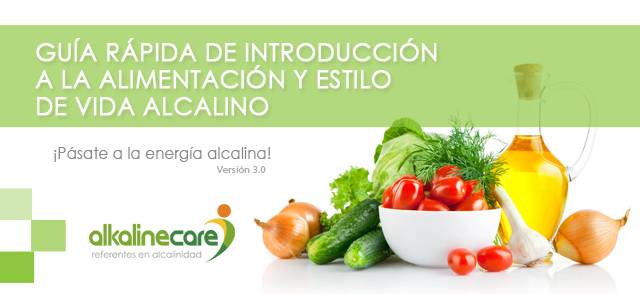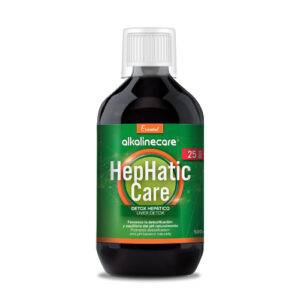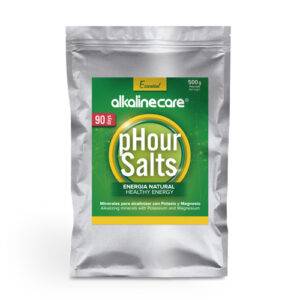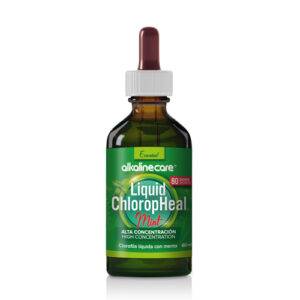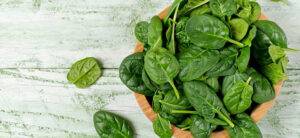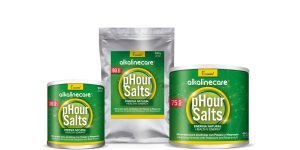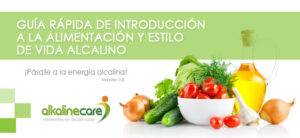We’ve Published the 3.0 Version of the Alkaline Nutrition and Lifestyle Guide! After months of work, we’re excited to share the new and updated version of the Alkaline Nutrition and Lifestyle Guide with you. And the best part? You can download it for free right here! Just enter your email in the form provided, and you’ll receive a link to download it. This introductory guide is incredibly useful and even designed for easy printing—so you can hang the tables wherever it’s most convenient, like on your fridge! Quick Guide to Alkaline Nutrition Introduction.
Quick Guide to Alkaline Nutrition Introduction
The guide aims to be an essential tool for adopting a healthy and alkaline diet. It’s based on fostering better eating habits, prioritizing alkaline-forming foods over acid-forming ones. Some foods and beverages may seem alkaline or acidic at first glance but turn out to be quite the opposite! This guide provides a quick reference to help you avoid confusion.
What’s Inside the Quick Guide to Alkaline Nutrition?
- What is Alkalinity?
- The Four Pillars of Alkalinity
- Alkaline and Acidic Food Tables: This version includes expanded and corrected tables.
- Clarifications on Certain Foods: We’ve added a detailed sheet addressing controversial items like honey, green tea, dates, Himalayan salt, and certain fruits.
- How to Measure Your Body’s pH: Simple instructions to monitor your pH levels.
- Recommended Alkaline Supplements: Key products to enhance your alkaline diet.
- 10 Tips for Adopting an Alkaline Lifestyle.
- Why Do Food Lists Differ? We explain the discrepancies and why we follow the research of Dr. Robert O. Young.
Why Are Some Food Lists Conflicting?
You may have noticed that different alkaline food lists often contradict each other. Our list, based on Dr. Robert O. Young’s research, is designed to be more precise. Many other lists rely on the Potential Renal Acid Load (PRAL), which isn’t entirely accurate for our purposes.
PRAL measures food alkalinity by burning it at high temperatures and testing the pH of the remaining “ash.” While this can indicate mineral content, it ignores the acidic effect of sugars, which are burned away in this process. For example, fruits like bananas, high in potassium (a highly alkaline mineral), are often listed as alkaline despite their high sugar content, which is acid-forming.
Our guide focuses on how foods affect your body after consumption, which we believe is more practical and effective.
While most fruits appear in the “acidifying” section due to their sugar content, we still encourage their consumption as part of the 20% acidifying foods allowed. Fruits provide vitamins, enzymes, and minerals that are essential for overall health—just consume them moderately, not overly ripe, and ideally paired with vegetables.
Download the Alkaline Nutrition Guide
Simply enter your email in the form, and a link to the guide will appear. You’ll need Adobe Acrobat Reader to view it.
Start your journey toward a healthier, more alkaline lifestyle today!



